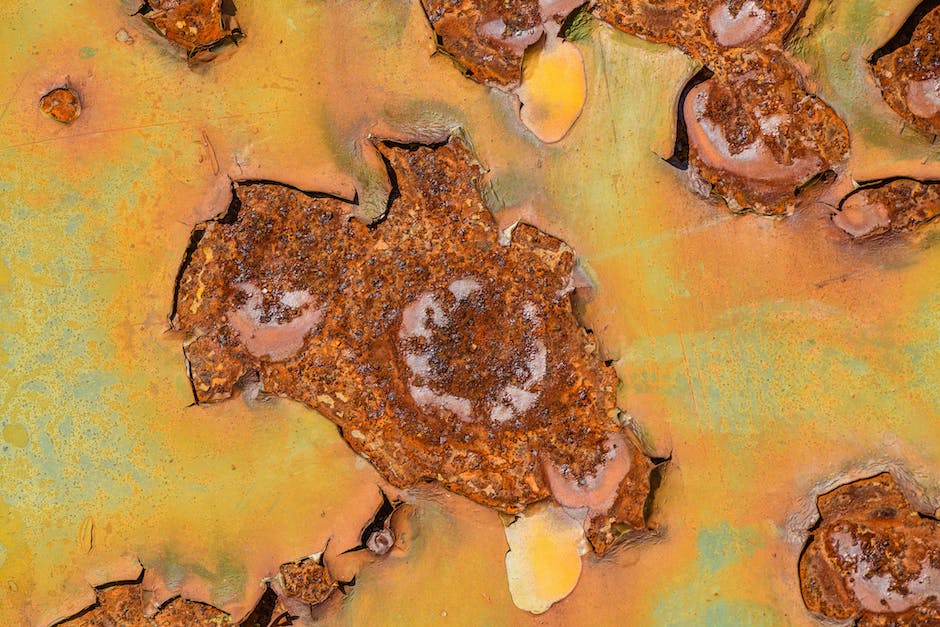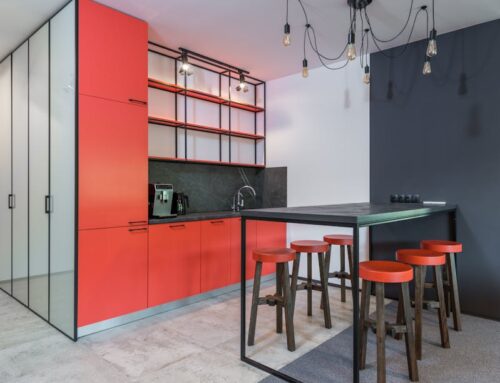Introduction to paint finishes
Paint finishes play a significant role in the overall look and feel of a painted surface, yet many people are unaware of the different types available. From matte to high gloss, each paint finish has its own unique characteristics and benefits. Matte finishes, for example, offer a smooth and velvety appearance, perfect for hiding imperfections on walls. On the other hand, high gloss finishes provide a reflective and shiny surface, ideal for highlighting architectural details. By understanding the different types of paint finishes and their properties, you can make informed decisions and achieve the desired aesthetic for your next painting project.

Flat paint finish: characteristics and uses
Flat paint finish, also known as matte finish, is a popular choice for many interior walls. Its smooth and non-reflective surface creates a subtle and elegant look, perfect for rooms where you want to minimize the appearance of imperfections. Unlike other paint finishes, flat paint has a high pigment content, which allows for better coverage and a more opaque finish. This type of finish is ideal for low-traffic areas, such as bedrooms and living rooms. However, it is important to note that flat paint is not as durable as other finishes and can be more difficult to clean. Therefore, it is not recommended for high-traffic areas like kitchens and bathrooms. Understanding the characteristics and uses of flat paint finish will help you make an informed decision when choosing the right paint for your home.
Eggshell paint finish: characteristics and uses
Eggshell paint finish is a popular choice for both interior and exterior surfaces, thanks to its unique characteristics and versatile uses. This type of finish offers a subtle sheen that falls between a flat and satin finish, giving walls a soft and elegant appearance. Not only does eggshell paint hide imperfections well, but it also resists stains and is relatively easy to clean, making it a great option for high-traffic areas like living rooms and hallways. Additionally, its durability makes it suitable for both wood and metal surfaces, making it a go-to choice for doors, trims, and furniture. Whether you’re looking to add a touch of sophistication to your walls or enhance the longevity of your furniture, understanding the characteristics and uses of eggshell paint finish is essential for achieving the desired aesthetic and functionality in your space.
Satin paint finish: characteristics and uses
Satin paint finish is a popular choice for many homeowners due to its unique characteristics and versatile uses. Unlike flat or matte finishes, satin finishes have a subtle sheen that adds a touch of elegance to any space. This finish is known for its durability, making it ideal for high-traffic areas such as hallways, kitchens, and bathrooms. It is also resistant to stains and easy to clean, making it a great option for households with children or pets. Additionally, satin finishes are excellent at hiding imperfections on walls, providing a smooth and flawless appearance. Whether you’re looking to refresh your living room or add a pop of color to your bedroom, satin paint finish is a fantastic choice that will elevate the look and feel of your home.
Semi-gloss paint finish: characteristics and uses
Semi-gloss paint finish is a versatile option that offers a unique combination of durability and sheen. This type of paint finish is known for its smooth and reflective surface, which adds a touch of elegance to any space. It is highly resistant to moisture and stains, making it an excellent choice for high-traffic areas such as kitchens and bathrooms. Additionally, the semi-gloss finish is easy to clean, allowing for hassle-free maintenance. Whether you want to highlight architectural details or create a sleek and modern look, the semi-gloss paint finish is a reliable choice that will add a touch of sophistication to your home.
Gloss paint finish: characteristics and uses
Gloss paint finishes are a popular choice for many homeowners and interior designers due to their unique characteristics and versatile uses. Gloss finishes are known for their high shine and reflective properties, which can add a touch of elegance and sophistication to any space. Additionally, gloss finishes are highly durable and easy to clean, making them a great option for high-traffic areas such as kitchens and bathrooms. However, it’s important to note that gloss finishes can also highlight imperfections on surfaces, so proper preparation and priming are crucial for achieving a flawless result. Whether you’re looking to create a sleek and modern look or add a pop of drama to a room, understanding the characteristics and uses of gloss paint finishes is essential for achieving the desired aesthetic.
Factors to consider when choosing a paint finish
When choosing a paint finish, there are several factors to consider to ensure the desired outcome for your project. The first factor is the level of sheen, which can range from flat to high gloss. Each sheen has its own advantages and disadvantages, such as flat finishes being great for hiding imperfections but being less durable than higher sheens. Another factor to consider is the location of the painted surface, as different finishes are better suited for different areas of the home. For example, a high gloss finish is ideal for trim and doors, as it is durable and easy to clean. Additionally, the lighting in the room should also be taken into account, as some finishes can reflect light and make the space appear brighter. By considering these factors, you can choose the perfect paint finish to achieve the desired look and functionality for your project.
How to properly prepare surfaces for different paint finishes
Properly preparing surfaces is key to achieving the desired outcome when applying different paint finishes. Each type of paint finish requires a specific surface preparation technique to ensure adhesion and a smooth, flawless finish. For glossy finishes, such as high-gloss or semi-gloss, it is crucial to thoroughly clean and sand the surface to remove any imperfections or previous coatings. Matte or flat finishes, on the other hand, may require less surface preparation, but it is still important to ensure that the surface is clean and free of any dust or debris. By understanding the specific requirements for each paint finish, you can ensure a professional-looking result that will enhance the overall aesthetic of your space.
Tips for applying paint finishes correctly
Applying paint finishes correctly is essential to achieve the desired look and durability of a painted surface. One important tip is to choose the right type of paint finish for the specific application. There are various types of paint finishes available, each with its own unique characteristics and uses. For example, a matte finish is great for hiding imperfections and providing a smooth, velvety appearance, while a glossy finish adds a vibrant sheen and is easy to clean. Understanding the different types of paint finishes and their attributes will help you make informed decisions and ensure a professional-looking result. Additionally, proper surface preparation, using the right tools, and following the manufacturer’s instructions are crucial steps in achieving a flawless paint finish that will stand the test of time.
Conclusion and summary
In conclusion, understanding the different types of paint finishes is essential for achieving the desired look and durability in your paint job. Each finish has its own unique characteristics and uses, from the smooth and glossy look of a high-gloss finish to the subtle sheen of a matte finish. By considering factors such as the room’s lighting, the surface’s texture, and the level of durability needed, you can make an informed decision on which paint finish is best suited for your project. With this knowledge, you can confidently transform any space into a stunning and long-lasting masterpiece.



